Color Wheel Theory in Fashion Styling
Color Wheel UNDERSTANDING In fashion styling
Color Harmony and Fashion
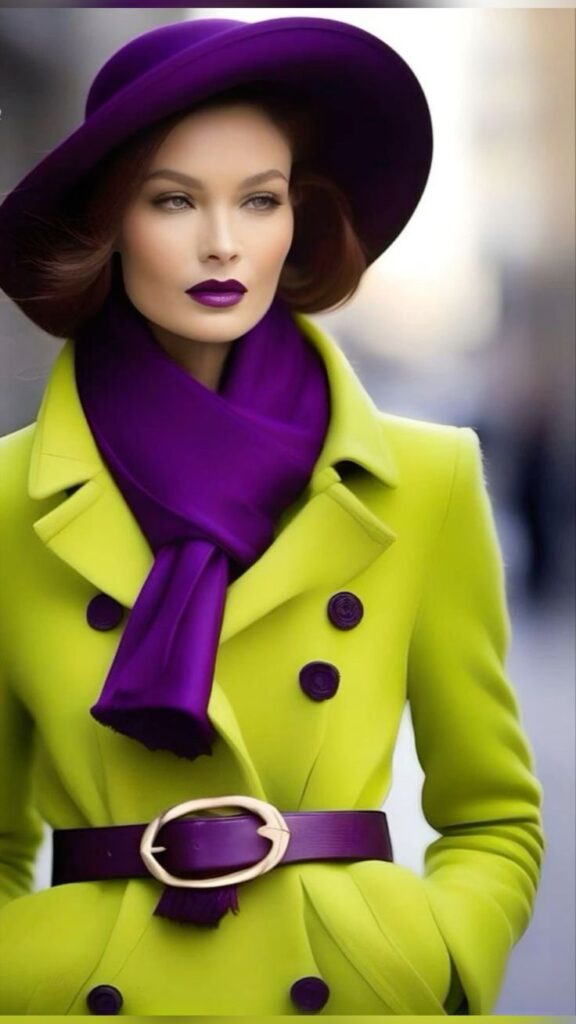
RECIPROCAL COLORS : These are colors that are contrary to each other on the color wheel, similar to red and green or blue and orange. When paired together, they produce a vibrant and eye-catching discrepancy. For case, a blue dress paired with orange accessories can make for a striking ensemble, and in Fashion styling we call it Contrasting Fashion.

SIMILAR COLORS : These colors sit next to each other on the color wheel, like blue, blue-green, and green. They produce a serene and comfortable look, perfect for casual or day-to-day outfits. An outfit featuring tones of blue and green can elicit a calm and cohesive appearance.
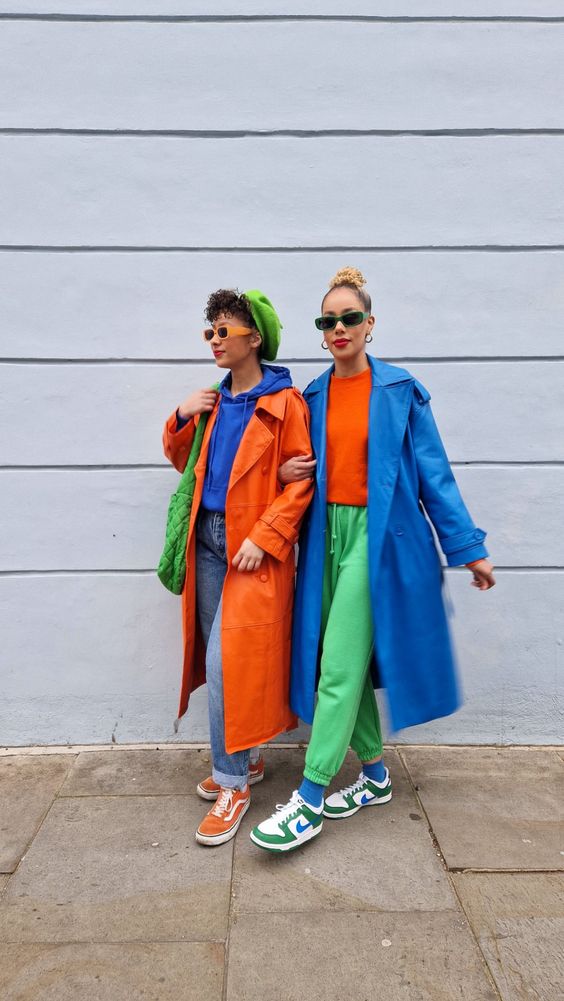
TRIPLE COLORS : This scheme involves three colors that are unevenly spaced around the color wheel, forming a triangle. exemplifications include red, unheroic, and blue or grandiloquent, green, and orange. triple color schemes are vibrant and offer a sense of balance. A triple outfit might include a grandiloquent blouse, green pants, and orange shoes.
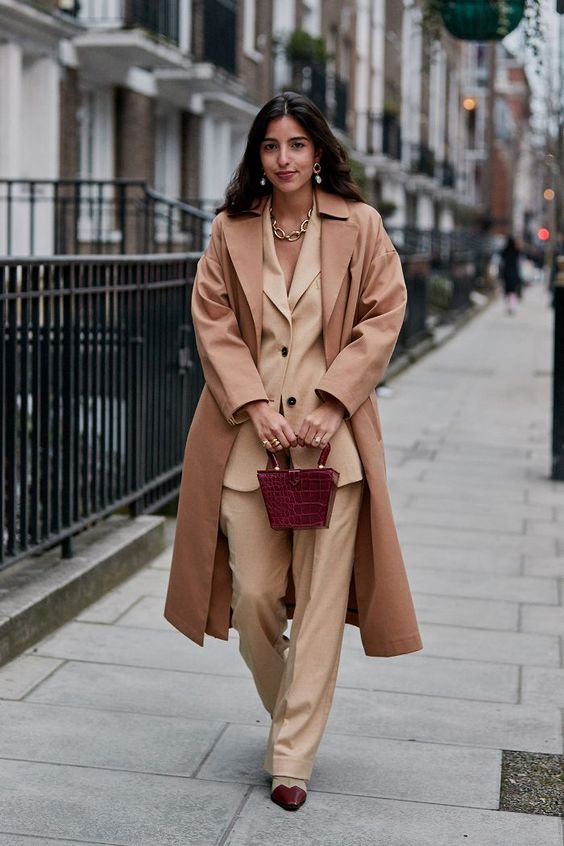
Matching Colors to Complexion
Cool Undertones
Warm Undertones
Neutral Undertones
Warm undertones have an unheroic, peachy, or golden tinge. Earthy tones like browns, oranges, and yellows, as well as rich colors like coral, terracotta, and olive green, enhance warm undertones beautifully.
Those with neutral undertones can wear a wide range of colors. Both warm and cool tones generally look good on them, so they have the inflexibility to trial with colorful tones and tinges.
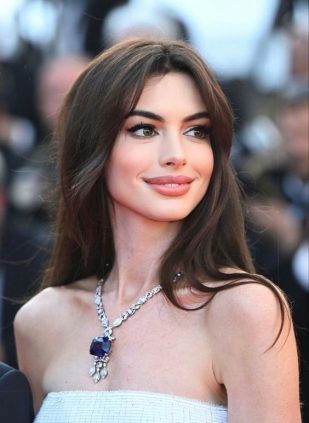
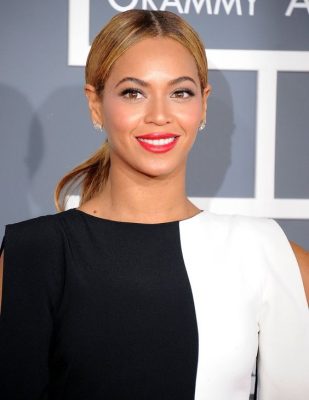
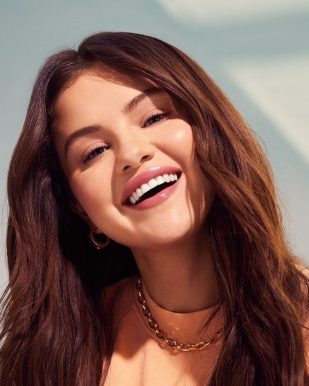
DRESSING FOR AN OCCASION
Different occasions call for different color choices, and the color wheel can guide these decisions
Professional Settings: For business surroundings, it’s stylish to stick to neutral and understated colors like cortege, black, argentine, and white. These colors convey professionalism and trustability.
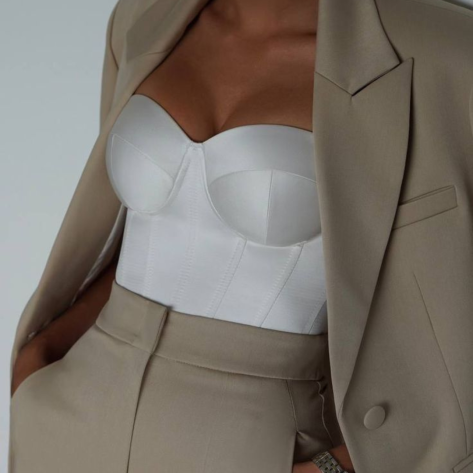
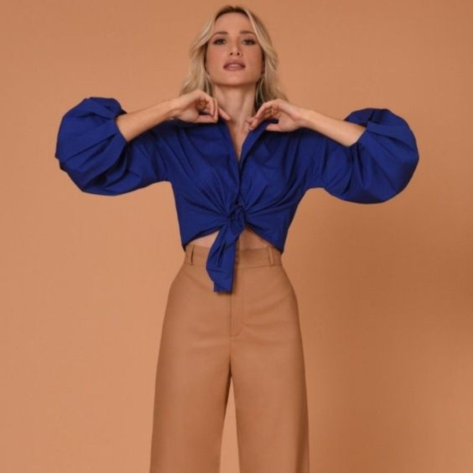
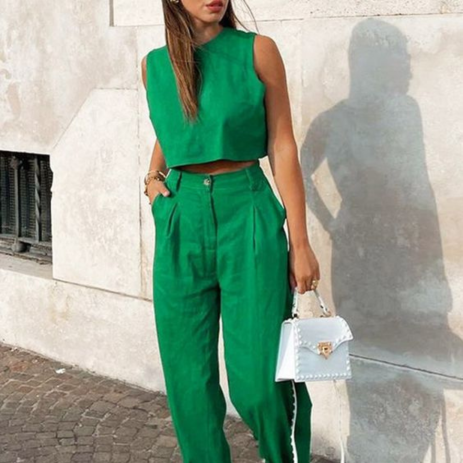
The color wheel proposition is an inestimable tool in fashion styling, offering endless possibilities for creating harmonious and visually appealing outfits. By understanding the connections between colors, considering one’s complexion, and dressing meetly for different occasions, anyone can master the art of color collaboration in fashion. Whether you’re aiming for a bold statement or a subtle fineness, the color wheel is your companion to unleashing the perfect palette.


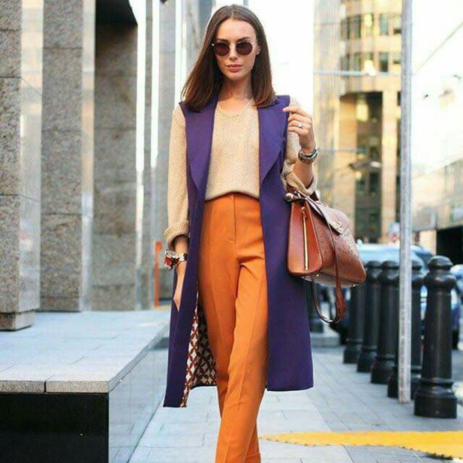

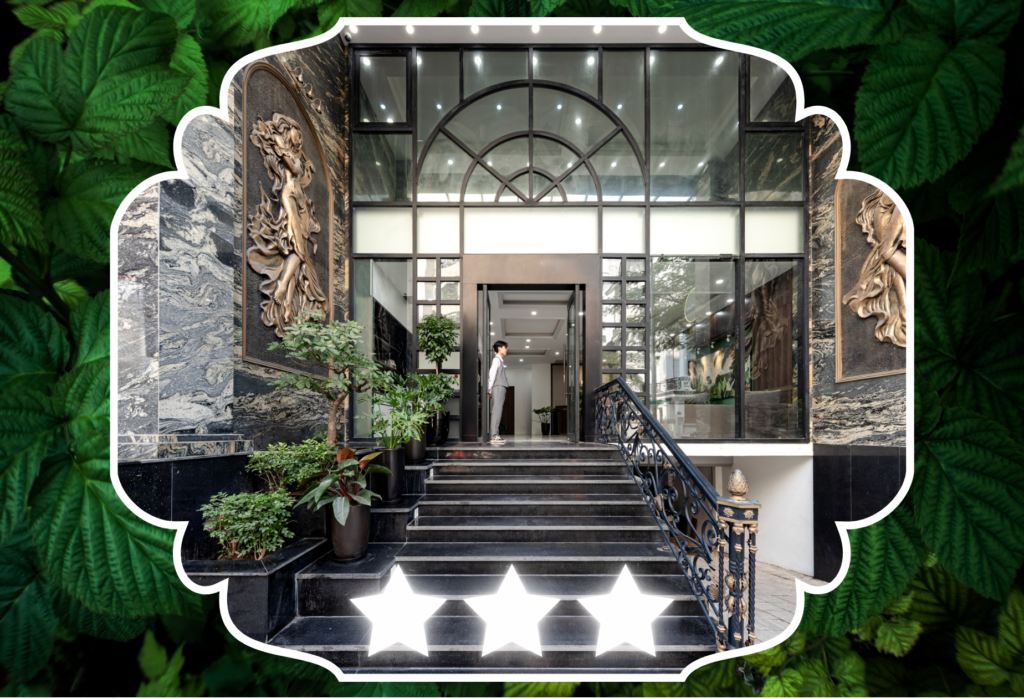

Well i never knew all these things really matter while dressing lol but thanks for details though…
Color theory does have huge impact on fashion styling….
I agree with you and your blog…
Girl you definitely know how to observe fashion and write about it…